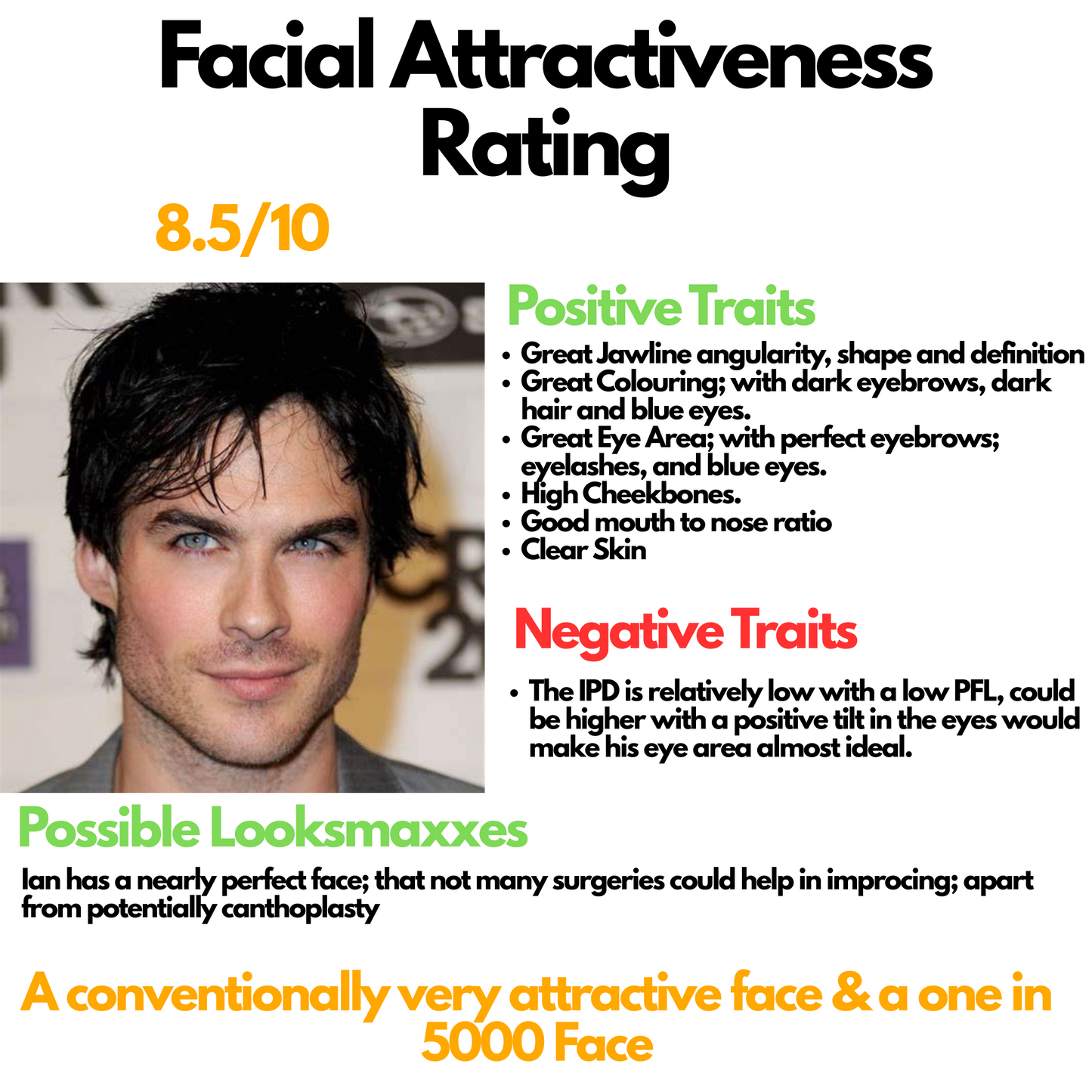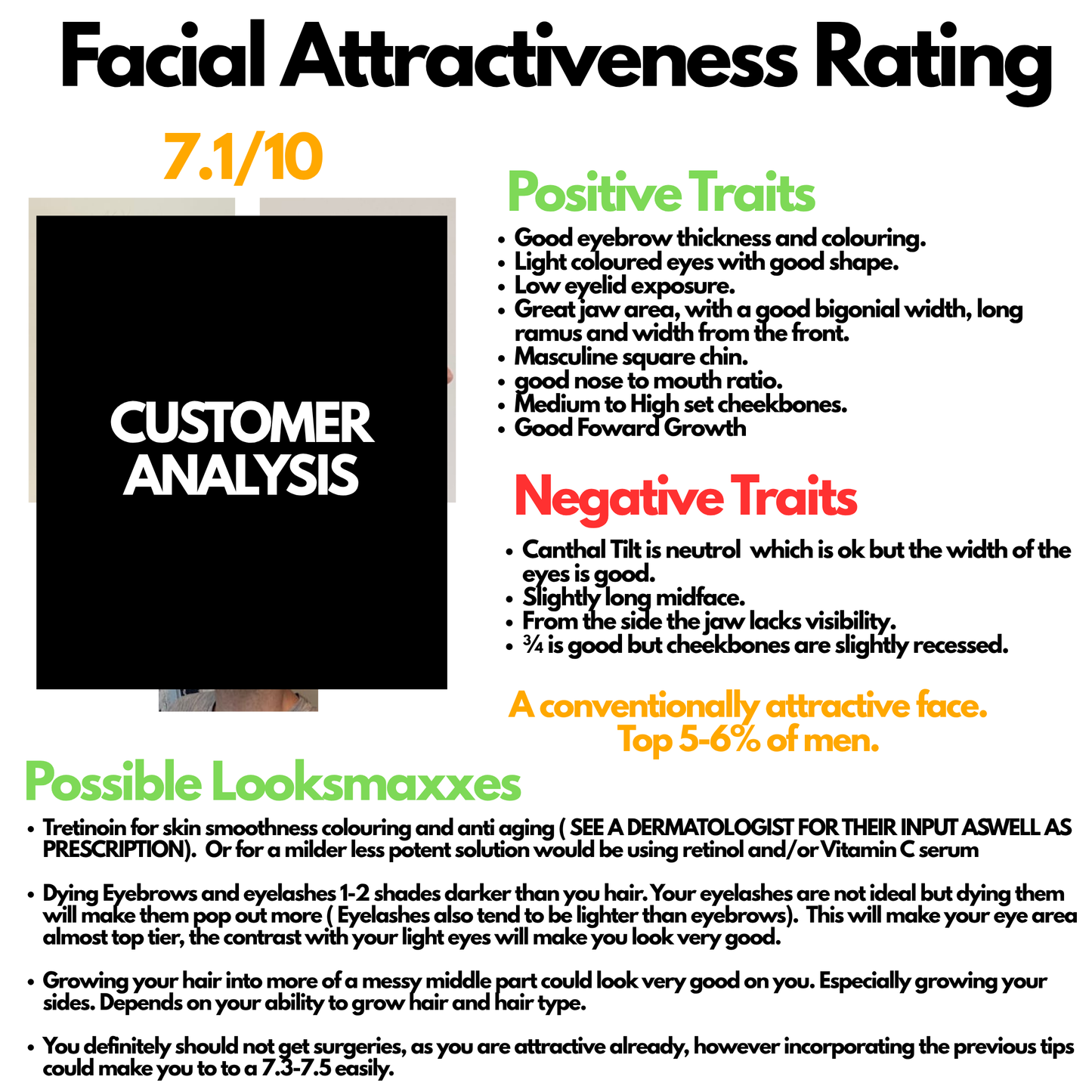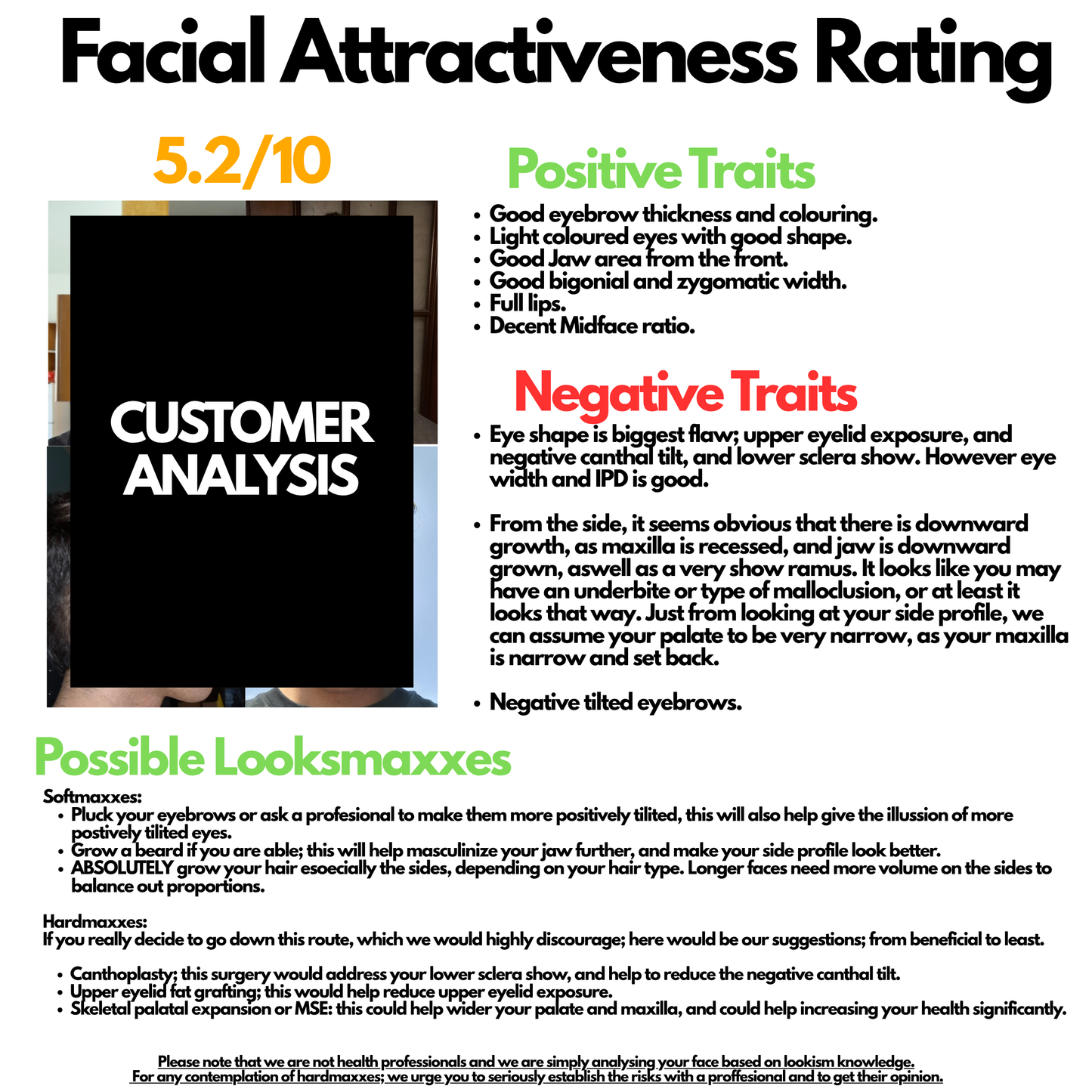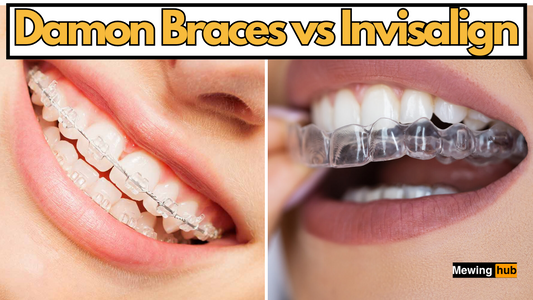fWHR Explained: Measuring, Calculating, and Improving Your Ratio
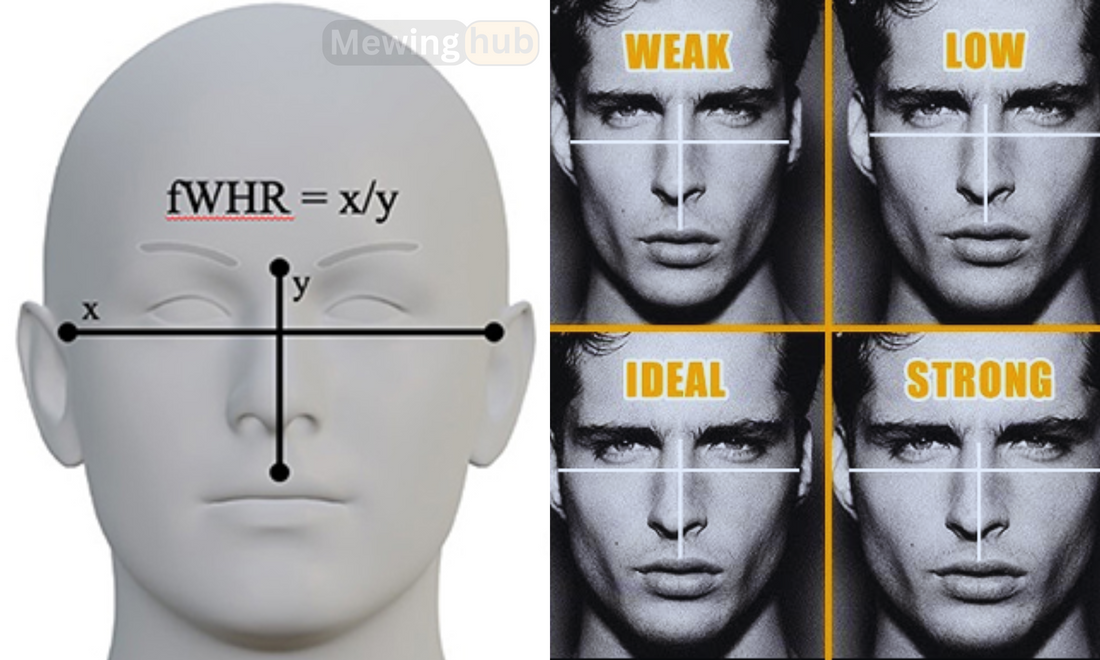
Share
The Facial Width-to-Height Ratio (FWHR) has gained significant attention in aesthetics, psychology, and looksmaxx community.
It’s often discussed as a marker of facial structure, attractiveness, and even behavioral traits.
In this article, we’ll explore what FWHR is, how to measure and calculate it, its role in looksmaxing, and ways to increase or improve it.
What is FWHR?

FWHR, or Facial Width-to-Height Ratio, is a measurement that compares the width of the face to its height.
The ratio is calculated by dividing the bizygomatic width (the distance between the cheekbones) by the upper facial height (the distance from the upper lip to the midbrow).
This metric is commonly used in research as a proxy for testosterone levels and perceived dominance.
How to Measure FWHR
Measuring FWHR involves two key dimensions of the face:
- Bizygomatic Width: The horizontal distance across the cheekbones.
- Upper Facial Height: The vertical distance from the midbrow to the top of the upper lip.
Here’s a step-by-step guide on how to measure FWHR:
- Use a Ruler or Caliper: Measure the distance across your cheekbones (bizygomatic width).
- Measure Vertical Height: Measure from the upper lip to the midpoint of your eyebrows.
- Calculate the Ratio: Divide the width by the height.
Alternatively, digital tools or apps can simplify the process. Search for an "FWHR calculator" online or on lookism forums for more precise measurements.
How to Calculate FWHR Ratio
The formula for FWHR is straightforward:
FWHR=Upper Facial Height / Bizygomatic Width
For example:
- If the cheekbone width is 140mm and the upper facial height is 80mm, the FWHR is: 140÷80=1.75
This result places the person within the range of what’s considered a high FWHR, which is often associated with masculinity and dominance.
What is a Good FWHR?
There’s no universally "ideal" FWHR, but research suggests that ratios between 1.75 and 2.0 are often perceived as attractive in males.
High FWHR is linked to stronger, more masculine features, whereas lower ratios may be perceived as more feminine.
Celebrities like Brad Pitt and Henry Cavill are often cited as examples of men with favorable FWHR ratios.
What Does FWHR Mean?

Beyond aesthetics, FWHR has been studied in psychology and anthropology. It has been linked to:
- Perceived Dominance: Higher FWHR ratios are associated with strength and assertiveness.
- Attractiveness: Symmetry and proportionality play a role in perceived beauty.
- Behavioral Traits: Some studies suggest that FWHR may correlate with risk-taking or aggressive behaviors.
How to Find FWHR
If manual measurements seem cumbersome, here are alternative ways to find your FWHR:
- Online Tools: Several websites and apps offer FWHR calculators.
- Facial Analysis Software: Tools like Face++ or Lookism calculators automate the process.
- Consult a Professional: Dermatologists and plastic surgeons can assess FWHR during facial evaluations.
FWHR in Lookism and Looksmaxing

Lookism communities often emphasize FWHR as a critical aspect of looksmaxing. A higher ratio is seen as a marker of an "alpha" face. Strategies for enhancing FWHR include:
- Orthodontics or Surgery: Procedures like cheekbone augmentation can increase bizygomatic width.
- Jawline Exercises: Mewing and other facial exercises may help improve facial symmetry and proportions.
- Cosmetic Enhancements: Dermal fillers can subtly reshape facial contours.
How to Increase FWHR

Model Jordan Barrett is a perfect example of someone with a high fwhr
While FWHR is largely determined by genetics, there are ways to enhance its appearance:
- Mewing: Proper tongue posture can subtly affect jawline structure over time.
- Facial Exercises: Targeted exercises can improve facial muscle tone.
- Weight Management: Reducing excess facial fat can make cheekbones appear more prominent.
- Cosmetic Procedures: Cheekbone implants or fillers can enhance bizygomatic width.
FWHR and Testosterone

FWHR has been explored as a potential indicator of testosterone levels. High FWHR ratios are often linked to higher testosterone, which may influence traits like dominance, competitiveness, and assertiveness. However, the relationship is not definitive and remains an area of ongoing research.
What is Average FWHR Ratio?
Studies suggest that the average FWHR for men falls between 1.6 and 1.8, with women generally having slightly lower ratios. Variations across populations and ethnic groups are also common.
Is a High FWHR Always Better?
While a high FWHR is often associated with masculinity, there’s no universal standard for attractiveness. Cultural and individual preferences play a significant role, and factors like facial symmetry, skin quality, and expression also influence perceptions of beauty.
Tools for Measuring FWHR
If you’re curious about your own FWHR, consider these tools:
- FWHR Calculator Apps: Apps designed for lookism communities simplify the calculation process.
- 3D Scanners: Advanced technologies provide highly accurate measurements.
- Online FWHR Calculators: Websites allow users to upload a photo and receive instant calculations.
FWHR in Popular Culture
Celebrities like Brad Pitt are often discussed in lookism forums for their high FWHR ratios. In movies and media, actors with prominent cheekbones and strong jawlines are frequently cast in roles requiring dominance or heroism.
Conclusion: FWHR for Looks
FWHR, or Facial Width-to-Height Ratio, is a fascinating metric that combines aesthetics, anthropology, and psychology.
Whether you’re interested in measuring your FWHR for looksmaxing or simply curious about its implications, understanding its basics can help you appreciate the intricate dynamics of facial structure. While genetics play a significant role, lifestyle choices and cosmetic interventions offer pathways to enhance facial proportions and overall attractiveness.
By embracing tools, techniques, and a healthy lifestyle, anyone can work toward their ideal aesthetic while appreciating the uniqueness of their natural features.



